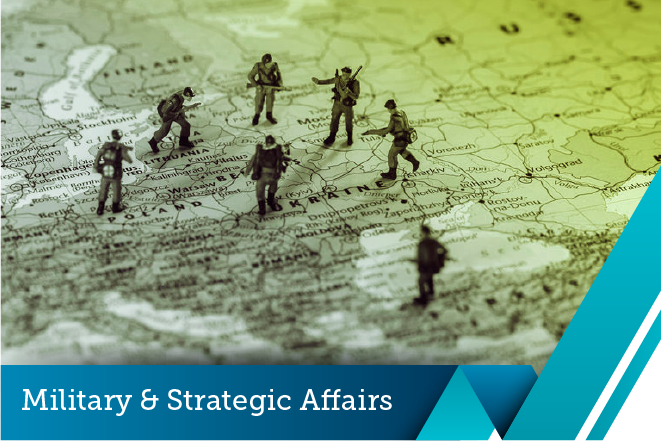Publications
Military and Strategic Affairs, Volume 5, No. 3, December 2013

This article discusses the threat of terrorism in cyberspace and examines the truth of the perceptions of this threat that have formed in recent years. It examines the capabilities that a non-state actor can achieve and whether these can constitute a real threat to the national security of states. For an analysis of the main threats facing a state from a multi-year perspective and in light of anticipated changes in a state’s strategic balance, the factors that threaten the state are presented and the roots of the threat are identified. The article thus examines whether terrorism, whose impact is generally tactical, could make (or perhaps has already made) the transition to a cyber weapon capability with strategic impact. Specifically, the question is could terrorists develop cyber weapon capabilities that could inflict widespread damage or damage over time, of the sort that brings states to their knees and causes critical systems to crash.


